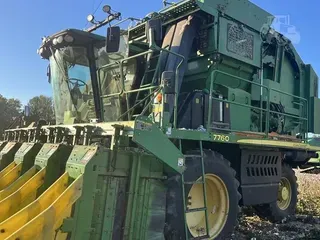Combine settings are critical to minimizing harvest losses. Using the manufacturer-recommended settings as a starting point, growers should adjust to the condition of the crop. Harvest losses from combine settings such as header, threshing and separating losses can be controlled.
Examples of common harvest losses include:
- Header losses occur when ears fall to the ground in front of the corn head or ears bounce out of the corn head. When this occurs, entire stalks can be missed.
- Threshing losses occur in the cylinder and concave where corn is shelled from the cob. When kernels remain attached to the cob, they are usually lost out the back of the combine as the crop residue is ejected.
- Separating losses are unattached kernels that fail to make it to the clean grain stream and, like threshing losses, are blown out the back of the combine.
[RELATED: Better corn hybrids continue to take a toll on farm tires]
There is a very simple method for determining how much is corn is lost off the head and out the back of the combine, says Joe Ailts, Pioneer Field Agronomist. When harvesting, mark off a 10-foot area and count the loose kernels on the ground. Every 20 kernels in a 10-ft.-area is equivalent to one bushel lost.
Frequent checking and readjusting can help reduce both harvest losses and kernel damage. The goal of proper combine settings is to achieve a smooth, even flow of crop material moving through the machine, so that minimal losses occur.

